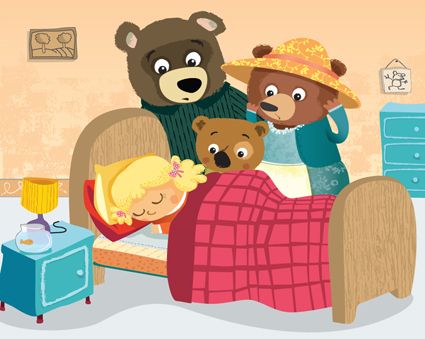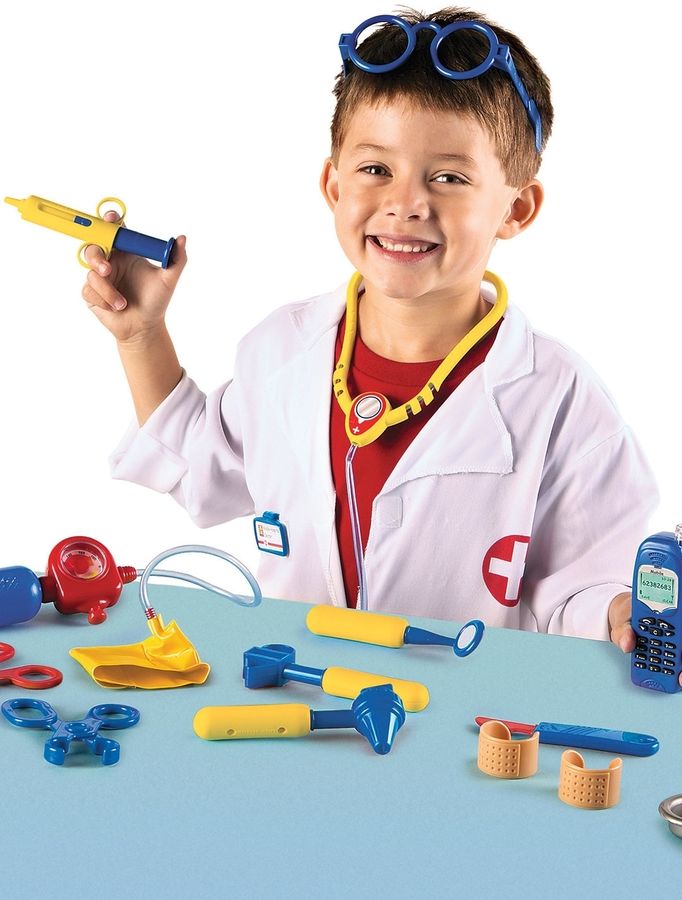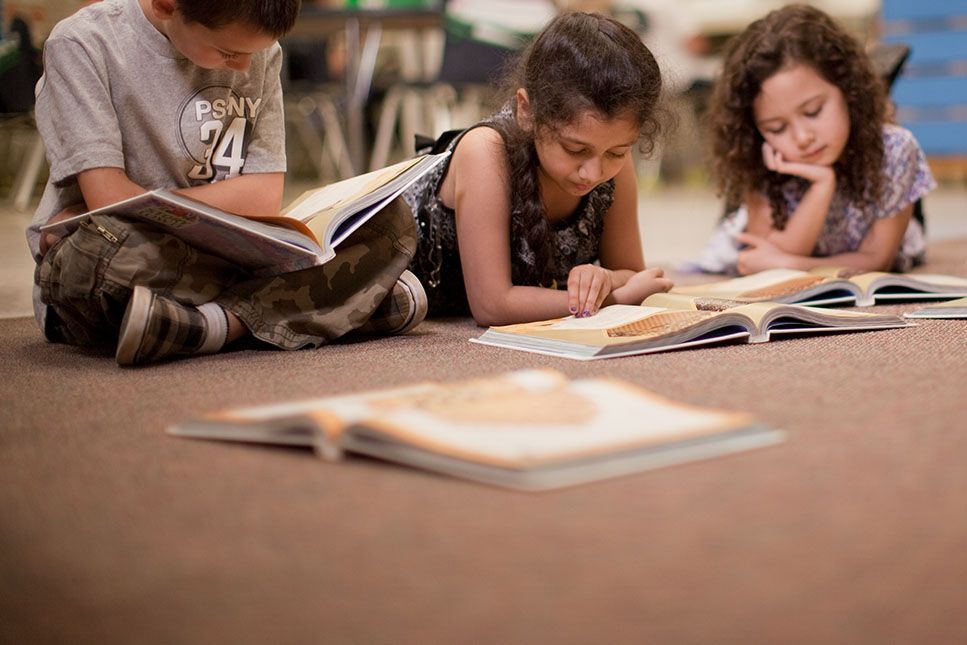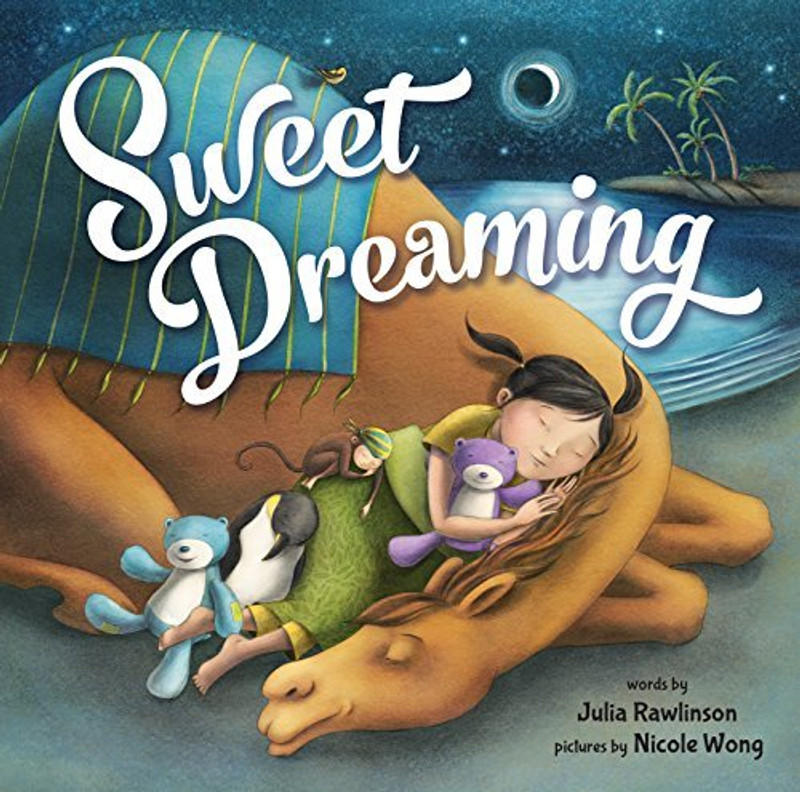Kids reading skills
10 Ways to Improve Your Child's Reading Skills
Nothing is more important to academic achievement than being a good reader. Parents know their children best and can provide the one-on-one time and attention that will lead them to success in reading. Here is a list of ways to help your children become more effective readers.
Set Aside a Designated "Reading Time" DailyStudies show that regularly reading out loud to children will produce significant gains in reading comprehension, vocabulary, and the decoding of words. Whether your children are preschoolers or preteens, it will increase their desire to read independently.
Surround Kids With Reading MaterialChildren with a large array of reading materials in their homes score higher on standardized tests. Tempt your kids to read by having a large supply of appealing books and magazines at their reading level. Put the reading materials in cars, bathrooms, bedrooms, family rooms, and even by the TV.
More: 8 Classic Dr. Seuss Books for Kids
Have Family Reading TimeEstablish a daily 15 to 30 minute time when everyone in the family reads together silently. Seeing you read will inspire your children to read. Just 15 minutes of daily practice is sufficient to increase their reading fluency.
Encourage Reading ActivitiesMake reading an integral part of your children's lives. Have them read menus, roadside signs, game directions, weather reports, movie time listings, and other practical everyday information. Also, make sure they always have something to read in their spare time when they could be waiting for appointments or riding in a car.
Develop the Library HabitEntice your children to read more by taking them to the library every few weeks to get new reading materials. The library also offers reading programs for children of all ages that may appeal to your children and further increase their interest in reading.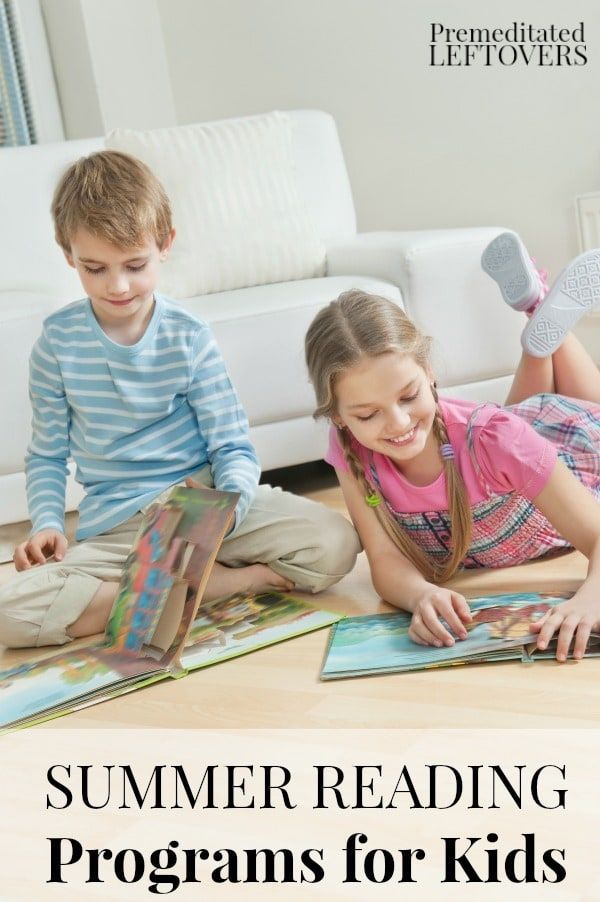
Find out what reading skills they are expected to have at each grade level. The school's curriculum will give you this information. Track their progress in acquiring basic reading skills on report cards and standardized tests.
Look for Reading ProblemsTeachers do not always detect children's reading problems until they've become serious. Find out if your children can sound out words, know sight words, use context to identify unknown words, and clearly understand what they read.
Get Help for Reading ProblemsReading problems do not magically disappear with time. The earlier children receive help, the more likely they will become good readers. Make sure your children receive necessary help from teachers, tutors, or learning centers as soon as you discover a problem.
More: The Skills Kids Need to Read
Use Aids That Help With ReadingTo help your children improve their reading, use textbooks, computer programs, books-on-tape, and other materials available in stores. Games are especially good choices because they let children have fun as they work on their skills.
Games are especially good choices because they let children have fun as they work on their skills.
Your reaction has a great influence on how hard they will try to become good readers. Be sure to give them genuine praise for their efforts.
9 Strategies to Improve a Child’s Reading Skills
Reading is a critically important skill. Children who read early and often will find themselves able to comprehend and process text better than those who aren’t consistently reading. Unfortunately, a vast majority of children don’t read as frequently or as well as they should. But it doesn’t mean they can’t become better readers; it just takes some effort for both the child and parent.
A child does not learn to read overnight; it is a process that takes years of practice and commitment for success. However, parents can make a positive difference in a child’s reading skills by actively participating in their education and knowing the most effective strategies for improving reading skills.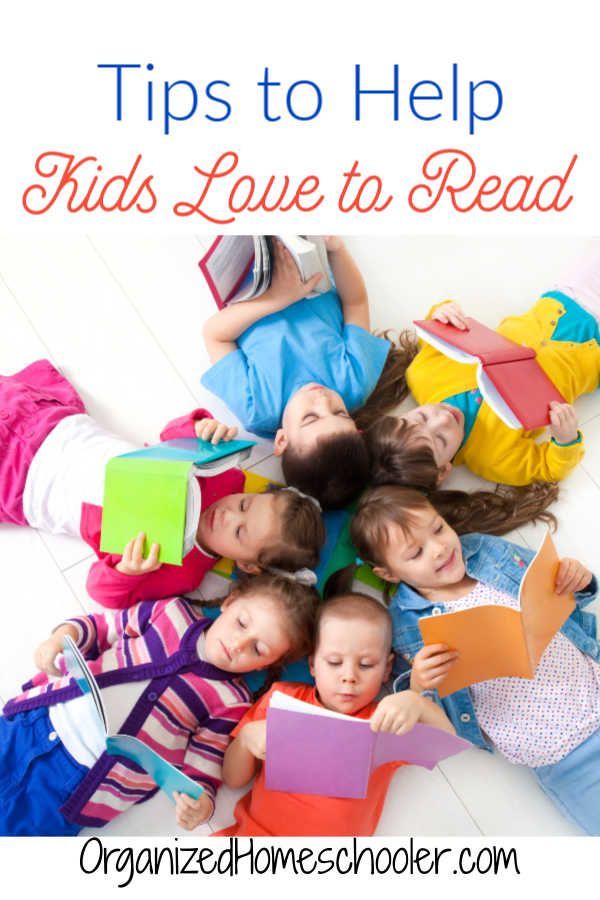 This article discusses nine different methods you can use with children to help them improve their reading skills.
This article discusses nine different methods you can use with children to help them improve their reading skills.
Children need to be taught the value of practicing the things they need to learn. For reading, this includes practicing with reading material on their own. Children will need to spend time each day reading alone to continue improving. As they grow older, this amount of time will increase. Start simple by having your child read for 10-15 minutes at a time. Then gradually increase the amount of time that your child is asked to read each day.
Teach Your Child to Read AloudReading isn’t just something that you do on your own; it’s also done with others. When children are learning how to read, reading aloud is one of the most effective ways to learn the different sounds represented by letters. Starting early with this practice will help them maintain their reading skills as they get older.
Give Your Child Choices in What They ReadThere are many different types of reading material available to children today.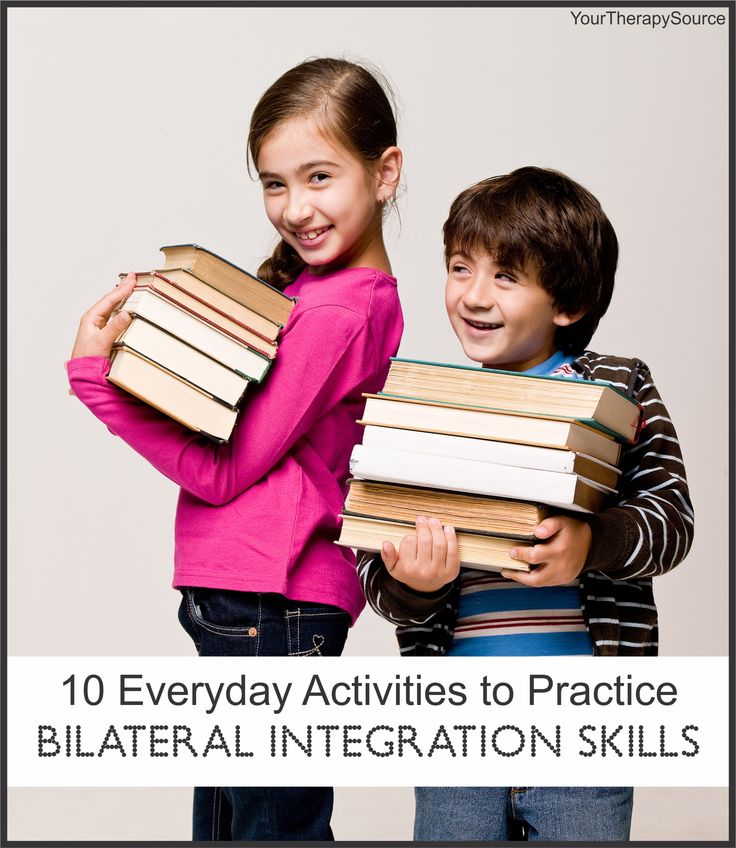 Magazines, Montessori-friendly books, and newspapers are examples of literature children can read to improve their reading skills. You can also provide them books in different genres like animal books for kids. These are reliable books to read when teaching a child the basics of reading, since they feature short stories which are best for a child’s short attention span.
Magazines, Montessori-friendly books, and newspapers are examples of literature children can read to improve their reading skills. You can also provide them books in different genres like animal books for kids. These are reliable books to read when teaching a child the basics of reading, since they feature short stories which are best for a child’s short attention span.
Children who understand what they are seeing or reading will enjoy it more and retain the information better. You can help by asking them questions about what they’ve read. It will help to reinforce the information and make them better readers as well as smarter thinkers. For instance, when you read your child a book about dinosaurs, take some time to pause and ask questions like: ‘What do you think will happen next?’ or “What do you think happened to the dinosaurs?” It will help with their ability to process information in a logical way.
Provide Your Child with Visual AidsAnother way to improve reading skills is to provide visual aids such as pictures and illustrations. It will make it easier for children to understand what they’re reading and better retain the information. There are also many books containing illustrations with the main purpose of teaching children the different types of words. By using these books, it’s possible to increase a child’s interest in reading and therefore their desire to become better readers.
It will make it easier for children to understand what they’re reading and better retain the information. There are also many books containing illustrations with the main purpose of teaching children the different types of words. By using these books, it’s possible to increase a child’s interest in reading and therefore their desire to become better readers.
It is one of the best ways to help your child learn to read. Find books appropriate for your child’s age and readiness level, but make sure that the book is interesting for your child to read by themselves when they are in bed at night. When this becomes a habit, it will help their reading skills when they are older. Click here for tips on reading aloud.
Use Other Ways to Practice Reading Aside from BooksReading isn’t just about sitting down and trying to decipher words from a book. There are many other methods to help improve a child’s reading skills.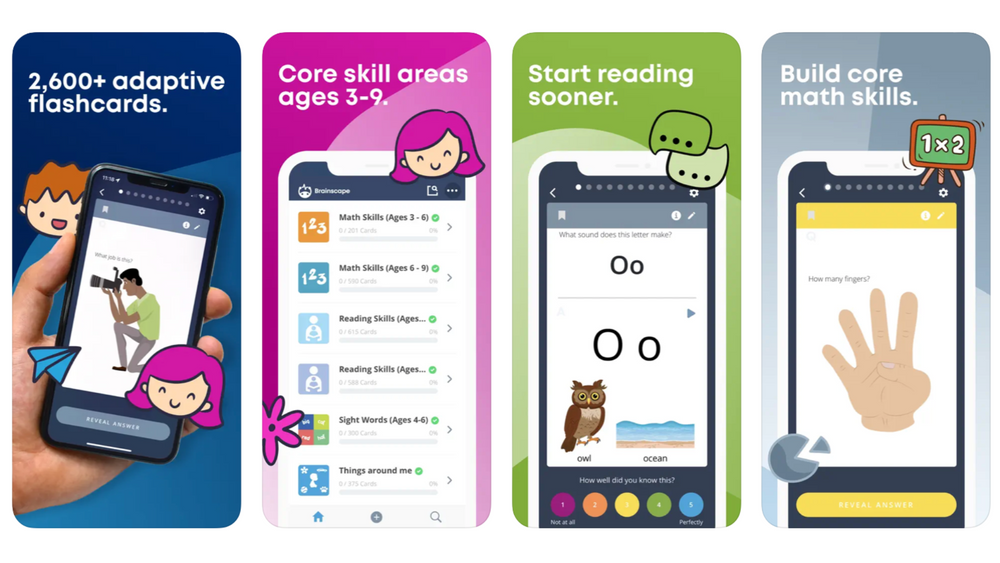 For instance, you can have your child read aloud while driving or have them read signs when you are out running errands. If your child likes to help you prepare for dinner, let them choose a recipe from your favorite cookbook and have them read the steps to you. Just make reading fun for your kids.
For instance, you can have your child read aloud while driving or have them read signs when you are out running errands. If your child likes to help you prepare for dinner, let them choose a recipe from your favorite cookbook and have them read the steps to you. Just make reading fun for your kids.
A library is a great place for a child to find books he can read to improve his reading skills. In the library, children can find books appropriate for their age level and interests. They can check out these books so they have them available to read at home. It will help increase the amount of time your children spend reading each week, positively affecting their reading skills.
Always Remember that Every Kid is DifferentSome children have a knack for reading and will pick up the skill quickly, while others don’t have it as easy. For those children who have a difficult time learning to read, it’s best not to try to force them to learn a skill that they aren’t interested in first. Instead, you will need to make sure that you modify your techniques to suit your child’s needs and abilities. The more time and effort you spend helping them learn the process, the sooner they will learn to read and become a better reader. But if your children already love reading and have started strong, encourage them by letting them know you’re proud of their progress.
Instead, you will need to make sure that you modify your techniques to suit your child’s needs and abilities. The more time and effort you spend helping them learn the process, the sooner they will learn to read and become a better reader. But if your children already love reading and have started strong, encourage them by letting them know you’re proud of their progress.
The tips above are a few of many strategies that you can use at home to help improve a child’s reading skills. Following these tips can give a child a head start on reading and help them maintain their interest in it.
Author Bio: I’m Andrea Gibbs, born, raised, and still living in New York. I’m a work-at-home mom with a background in business development, strategy, and social media marketing. I’m a blog contributor at Montessori Academy to motivate and educate other parents about how they can get their children ahead of the game in school
At what age should a child be able to read
The ability to read is one of the basic human social skills.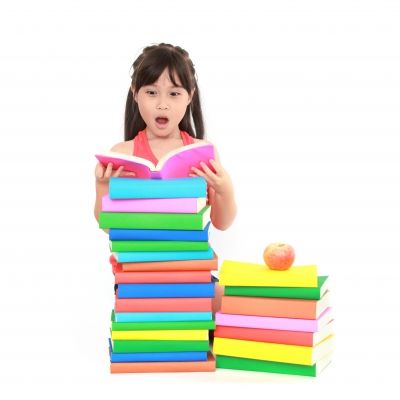 Without it, it is impossible to receive and transmit information, therefore this skill should be developed in every person. Modern parents strive to teach their child to read as early as possible, so that by the time they start learning, they already have some knowledge base. So when should a child start doing this?
Without it, it is impossible to receive and transmit information, therefore this skill should be developed in every person. Modern parents strive to teach their child to read as early as possible, so that by the time they start learning, they already have some knowledge base. So when should a child start doing this?
Content:
- When we start
- Learning too early - why it is harmful
- What the experts say
- Is it possible to instill a love of reading
- Choosing a teaching method
- Are there any disadvantages of teaching reading at home Some important details When we start
- excessive brain tension;
- abnormal blood flow to the cerebral hemispheres;
- eye strain.
- lack of ability to empathize with others;
- difficulties with correct understanding of one's emotions;
- inability to determine one's strengths and weaknesses;
- difficulties in understanding one's own and social values;
- isolation and uncertainty.
- intelligible correct speech without speech defects;
- correct listening comprehension of the text;
- the ability to explain the meaning of a word;
- the ability to build coherent logical sentences;
- the ability to briefly retell the plot of a cartoon or fairy tale, describe your day;
- the ability to concentrate on an activity, such as needlework.

- Zaitsev's cubes - the emphasis is on making syllables from individual letters and words from syllables, understanding vowels, voiceless and voiced, hard and soft consonants.
- Chaplygin cubes - learning not only allows you to compose syllables and words, but also develops fine motor skills, and this will have a beneficial effect on the overall development of the child;
- Glenn Doman's flashcards - learning is based on the use of visual memory: syllables and words are printed on cards, and the child memorizes their spelling;
- "Skladushki" by Voskobovich - 21 cards with syllables, from which you can build houses with whole words.

- Photo
- GETTY IMAGES/WESSTEND61
-
From birth to 6 years old in a child, in a certain sequence, the parts of the brain that are responsible for the perception of information from the outside world, its processing, analysis and feedback (for example: we hear a sound - we analyze it - we remember the image of a letter - write).
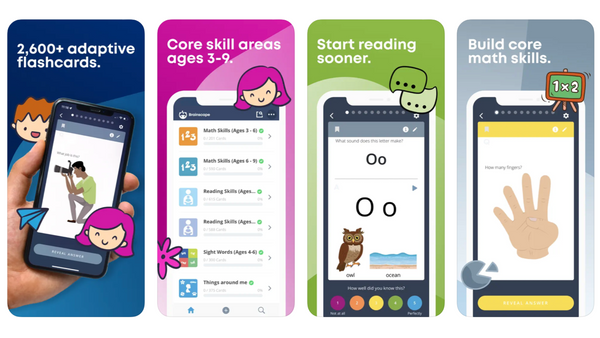
-
At the age of 1.5−4 years the child actively communicates, develops conversational speech, as well as the ability to distinguish the sounds of the language. This is the basis of competent listening comprehension (including spelling and punctuation). In parallel, fine motor skills develop - the ability to hold a pencil and a pen and easily "manage" them. All this determines readiness for writing.
-
At the age of 3.5-4.5 years the child develops an interest in writing. He leaves signatures under the drawings, first in the form of scribbles, and then, in order to make his inscriptions understandable to other people, he strives to master the letters of his native language.
-
At the age of 5-7 years, develops the ability to analyze and generalize symbolic information (letters) and translate it into specific images (sounds and words). At the same age, the child begins to be more interested in the lives of other people, their opinion, wants to know what is written by them.
 All this provides the need for reading and readiness for it.
All this provides the need for reading and readiness for it. -
Tell stories to your child and with him: pause so that the baby can insert a familiar word himself.
-
Tell your baby about what he sees around: make simple sentences, later stories. Invite others to tell about what he saw, what happened to him.
-
Sculpt, play finger games, puzzle, string beads, play with grains and water.
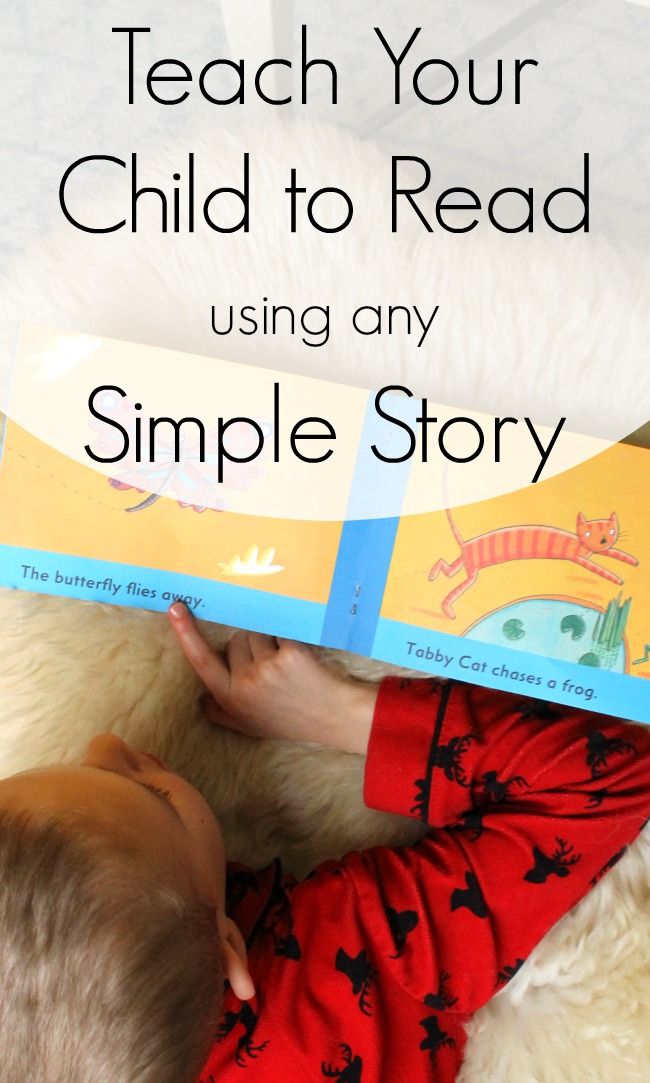 The development of fine motor skills will help the child quickly master the letter.
The development of fine motor skills will help the child quickly master the letter. -
Draw children's attention to the letters everywhere: on the street, in your favorite book, on the TV screen, in their names and the names of loved ones.
-
Develop imagination: discuss what (or who) this or that letter looks like, and draw an image letter: the letter B is like a kangaroo with a bag for a cub, F is like a snowflake, C is like an elephant's ear.
-
Play games with letters and syllables. For example, in a store, an adult calls the first syllable in a word (MA), and a child must find a product in which this syllable comes first (Pasta). If your child likes to look at his photos, offer to come up with a one-word name for each (beach, park, football, etc.). Write the words on the cards and have your child arrange them under the corresponding pictures.
- Photo
- Getty Images/Westend61
-
Acquaintance with sounds and letters: the child learns to distinguish different sounds in words, learns that sounds are hard and soft, vowels and consonants, deaf and voiced and that each sound has its own designation - letter.
-
Merging sounds into syllables: the child puts "m" and "a" into MA, etc. First, syllables of two sounds come, then three or four, a soft and hard sign appears in them, several consonants go in a row or vowels.
-
Composing words from syllables: the child first puts together short words, and then more and more complex ones, gradually moves on to reading sentences and texts.
- Photo
- Andrew Rich/Getty Images
-
Sound games. A box with compartments contains small items that have a certain sound in their name. Each cell has a letter representing that sound. The teacher shows the objects and pronounces them, focusing on the desired sound. Thus, the child learns to isolate the sound at the beginning, in the middle, at the end of the word and subconsciously correlates it with the letter on the cell.
-
Preparation of the hand for writing. Using special frames for preparation for writing and hatching, the child guides the pens through the slots, performing various movements containing letter elements. Exercises teach to correlate the movement of the hand and the eye, strengthen the fingers and make the child's hand more mobile.
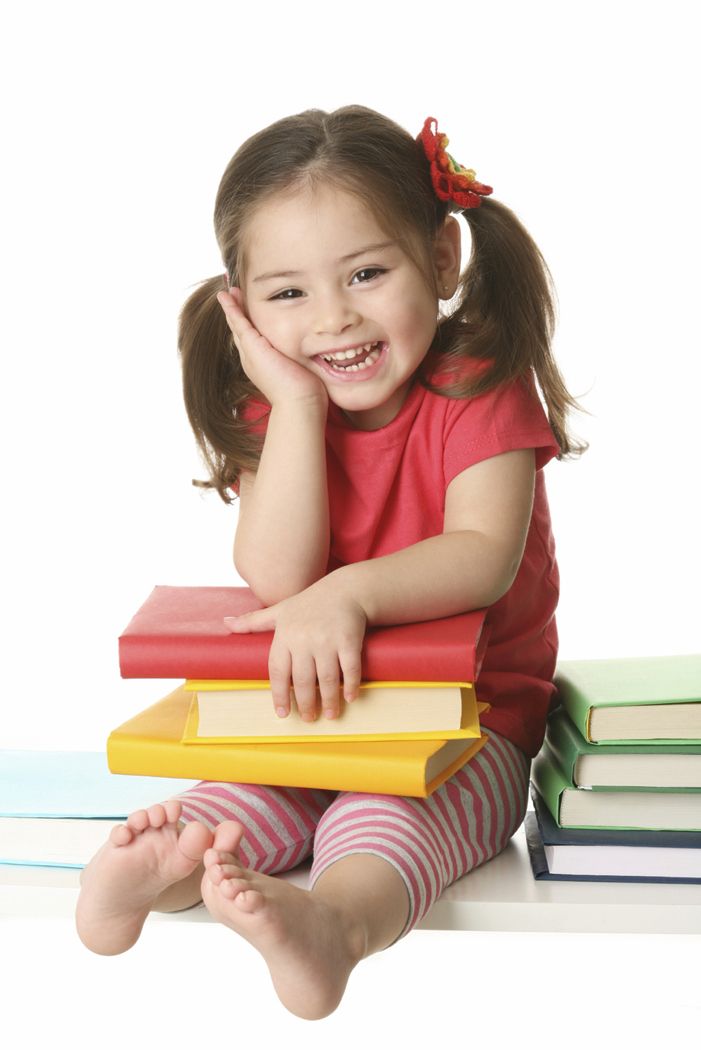
-
Working with letters. One of the key benefits is "rough letters". These are letters made of rough material (like sandpaper). "Rough" letters are written because it is assumed that smooth circular motions are more accessible to children. The child remembers the alphabet better when tactile sensations are involved.
-
Letter. The next stage - the child himself, when he is ready for this, begins to write letters with his finger on the semolina, with a stick on the sand, and then with a pencil on paper. Many children, in the words of Maria Montessori, have a real “explosion of writing”.
-
Compilation of words from the movable alphabet.
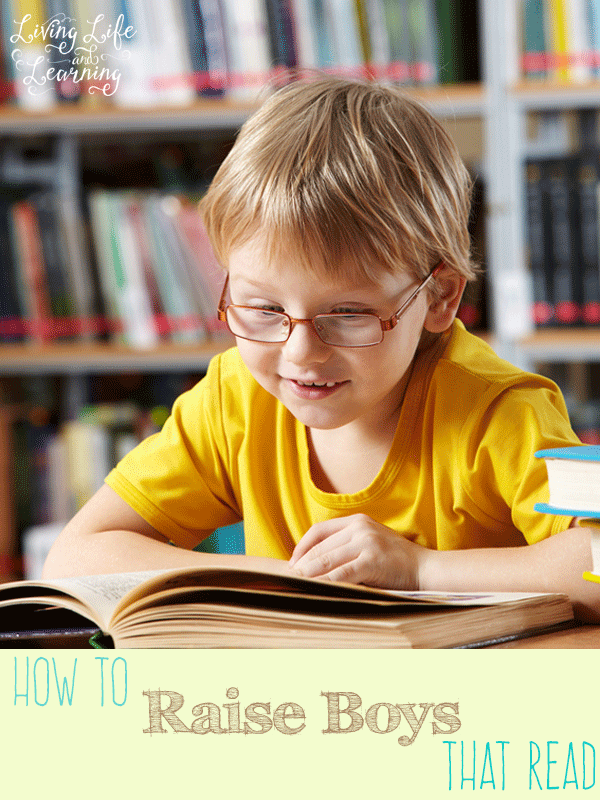 Lowercase and uppercase letters, similar to "rough" letters, are laid out in the cells of a wooden box. The teacher helps to match the letters in the mobile alphabet (also gradually, three or four letters at a time). Then he shows how they can be combined into syllables and words.
Lowercase and uppercase letters, similar to "rough" letters, are laid out in the cells of a wooden box. The teacher helps to match the letters in the mobile alphabet (also gradually, three or four letters at a time). Then he shows how they can be combined into syllables and words. -
Reading. The actual reading begins with a series of cards. Each card has a word and a picture representing the word. Depending on the level of difficulty, they are marked with a certain color. Pink - each letter in the word is pronounced as it is written. Green - words with iotized vowels after the consonant are added. Blue - difficulties in reading are introduced: unstressed vowels, unpronounceable consonants in the root, stunned consonants, b and b at the end of a word, combinations of ZhI-SHI, etc. The white series automates reading - there can be several different difficulties in a word. This is the so-called intuitive reading - when the child reads the whole word and the whole word is remembered.
 The child does not yet know how to read, but already reads, relying on his own intuition, visual memory and previously acquired knowledge.
The child does not yet know how to read, but already reads, relying on his own intuition, visual memory and previously acquired knowledge. -
Development of reading skills. You can play a variety of games: lay out cards with words according to the domino principle (Angel - Lemon - NosoK, etc.), make sentences from cards with individual words, pulling out strips of paper with tasks, perform them sequentially in order to eventually find the hidden “treasure”, etc. Gradually, the child is offered simple picture books: at first it is just an object and its name, and then sentences and short texts.
- Photo
- Getty Images
Experts do not have a common opinion about the early teaching of children to read, and neither do parents. Someone thinks that a child should get basic reading skills even before entering school: this will make it easier to adapt to the educational process. Others are sure that a teacher in the 1st grade should teach a child to read, since an unnecessarily early start to school is harmful for children: let them enjoy their childhood for now.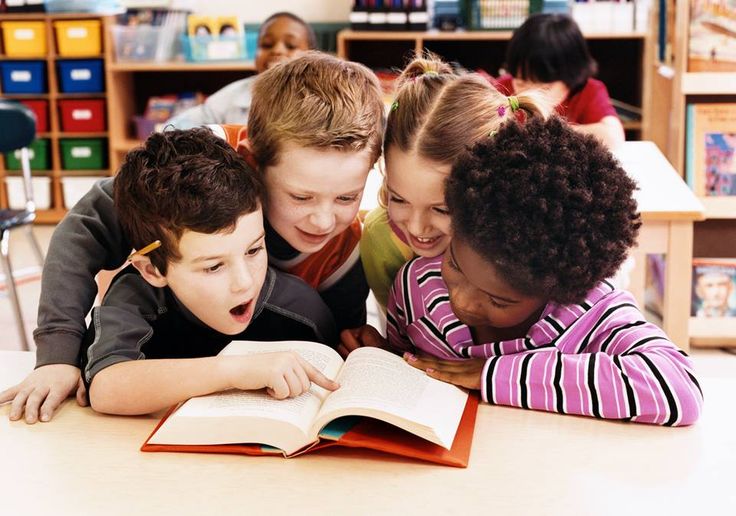
Learning too early - why it is harmful
The development of a child's cognitive abilities follows certain patterns, certain stages, it is undesirable to change or accelerate it, and often it is completely impossible. Until the age of five, children think figuratively - in pictures, and it is difficult for them to perceive information in the form of letters, numbers or other signs. And even having understood the general principle of reading, little students read, but they cannot understand the essence of what is written.
Learning to read early can lead to health problems:
Intensive classes can unbalance the development of different types of thinking in a child: the emphasis will be placed on the logical, and the figurative will be “abandoned”. Yes, the child will become better at remembering, speaking, analyzing, thinking logically, but the development of the right hemisphere will be slowed down, and it is responsible for no less important dreams, emotions, understanding of music and color. The emotional development of the baby will be somewhat retarded, and at an older age this may respond with serious problems in the form of:
The emotional development of the baby will be somewhat retarded, and at an older age this may respond with serious problems in the form of:
It is known that many geeks are developed from early childhood, but most often, growing up, they do not have happiness and are poorly adapted to the realities of the world around them. Therefore, it is more important to raise a socially adapted person from a child than to teach him to read too early.
What the experts say
Psychologists, psychophysiologists and other experts recommend starting to teach a preschooler to read not earlier than he is 5 years old, but he must be ready to learn. They say about it:
A healthy five-year-old child usually has all of these skills. And at this age it is time to get acquainted with letters and sounds, then by the time of admission to grade 1, the child will master reading at a sufficient level.
Is it possible to instill a love for reading
It is not enough to teach a child to read - he still needs to instill a love for this occupation. View your favorite books and read them, study the illustrations, get acquainted with the adventures of the characters. It is important that older family members show the child that reading is an amazing learning opportunity, and not a hateful duty. It will be useful if the child saw people with books in his close circle, then, imitating them, he himself will want to plunge into the world of literature.
The first reading lessons should be conducted in the format of a game: in this way the material will be absorbed by the child easier and better, the child will not have time to lose concentration during the lesson, and avoid stressful experiences.
Choosing a teaching method
Today there are many methods to teach a child to read, it is important to choose the one that suits your child.
Perhaps the most popular method is classes in the classical alphabet (the alphabet itself can be developed by any author). The kid quickly remembers the letter, as it will now be associated with a certain picture. Later, you can move on to another well-known book - the primer and study reading by syllables from it.
Many techniques are based on the use of cubes or tablets. They are convenient and interesting, but are often criticized by school teachers. It is believed that such training misses a very important component - basic familiarity with the alphabet.
The most famous of these techniques:
The Montessori method is another well-known teaching option. Toddlers first master the letter, then move on to getting to know the letters, and then learn to read the syllables.
Are there any disadvantages of teaching reading at home
Lack of consistency is the main problem of independent lessons on teaching reading. In addition, at home, parents usually miss such an important part of the lesson as the sound analysis of the word, and the child may also have difficulty breaking down words into syllables. It is not easy to correct this mistake later, therefore it is better to immediately entrust a professional teacher to teach the child to read and write. It can be either a private tutor or a teacher of preparatory courses before the first grade - such classes are held today in literally every school.
A few important details
If you decide to teach your child to read at home, it is important to follow a few rules.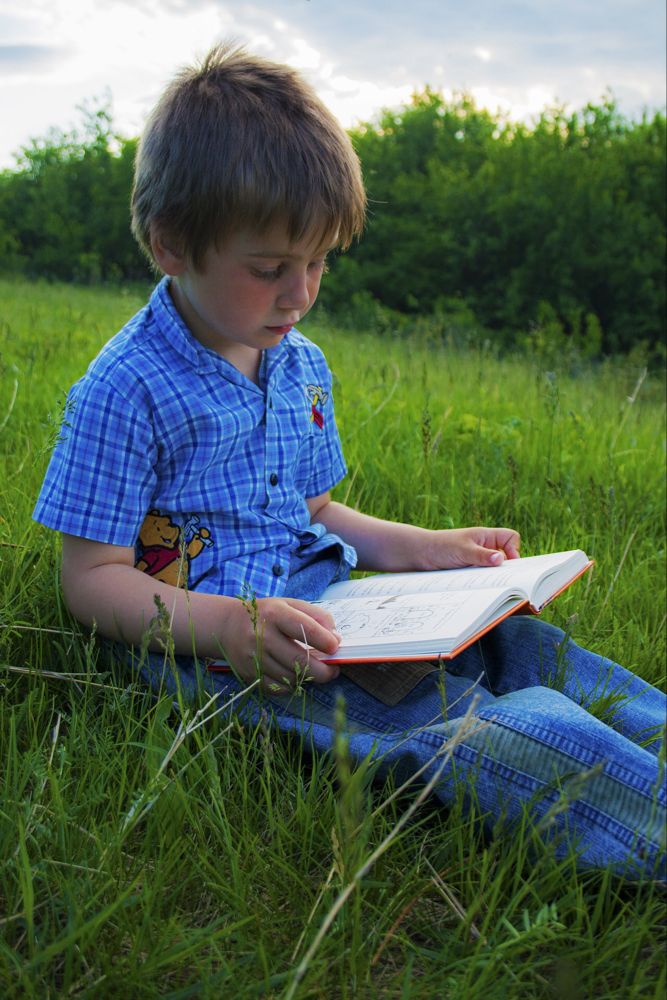 All studies should be built on the principle “From simple to complex”, that is, you first need to learn letters and sounds, then you can start to compose them into syllables and only then move on to whole words. Put the learned material into practice: look for familiar letters on signs while walking, write them in the sand or snow, mold them from plasticine, lay them out of beads.
All studies should be built on the principle “From simple to complex”, that is, you first need to learn letters and sounds, then you can start to compose them into syllables and only then move on to whole words. Put the learned material into practice: look for familiar letters on signs while walking, write them in the sand or snow, mold them from plasticine, lay them out of beads.
For classes, you need to equip a corner with a comfortable chair and table or desk, with the right lighting. The first lessons should not last longer than 10-15 minutes; the student should not be overtired. After finishing them, you should put things in order in the workplace, put away books and study supplies.
Lessons should be regular, but it is not a good idea to have a class if the student is overweight or in a bad mood. For each educational achievement, the child must be praised.
Rating: 5/5 - 1 votes
When it is time to learn the child to read and how to do this: Review of Methods - Parents.ru
Development
speech therapist
methodologist at the Baby Club Early Development Center
Montessori group teacher
Why and when to learn to read
In Russia, as in most countries of the world, the standard 1st grade program includes mastering reading skills. But by default, it is believed that by this age the child should already be able to read, and parents tend to develop these skills earlier. Ekaterina Tupitsina, a teacher, suggests that before starting classes, determine their goal: “Often, parents think not so much about the needs of the child as about their own ambitions, so first of all you need to decide whether reading and writing is really necessary for a child at a particular age. If parents see that without these skills, his development is hindered: he loves books, strives for new knowledge, wants to write and express himself, you need to help him. But at the same time, it is important to take into account the peculiarities of the physical and social and personal development of the child.
It is important that early learning to read and write does not interfere with other developmental games and activities. The technique should be suitable for the child by age and be sure to be exciting and interesting to him.
In addition, according to the teacher-speech therapist Tatyana Kupriyanova, teaching a child to letters should begin when he has mastered sound analysis. First you need to learn to clearly distinguish sounds, not to confuse them, to pronounce them correctly.
Both parents and teachers in kindergartens should draw his attention to the sound of words, read poetry, pronounce tongue twisters, ask questions: for example, what sound do you hear at the beginning of the word “mother”, what at the end, etc. At 3− 4 years old children are more interested in the sound side of speech, they experiment with sounds, come up with their own combinations, new words. After that, by the age of 5, he begins to be interested in the letter designations of sounds and he can naturally move on to reading.
After that, by the age of 5, he begins to be interested in the letter designations of sounds and he can naturally move on to reading.
If you teach a child to read at an age when he still does not speak very well, pronounces many sounds incorrectly, does not distinguish them by ear, this can lead to dyslexia - reading disorders, and subsequently to dysgraphia (writing disorders). The fact is that initially he will incorrectly associate letters with their sound counterparts: for example, in the word “track”, instead of “g”, he hears and pronounces “s”, and this is how he will read this letter, confuse it in words.
Important tips
The sound method
Until the middle of the 19th century, Russians were taught to read using the laborious literal subjunctive method. First, the children memorized all the letters: az, beeches, lead, etc., then they crammed the syllables (beeches and az - “ba”), and only then did they start reading. This could take a long time, sometimes up to two years.
First, the children memorized all the letters: az, beeches, lead, etc., then they crammed the syllables (beeches and az - “ba”), and only then did they start reading. This could take a long time, sometimes up to two years.
In contrast to the literal subjunctive method, teacher K.D. Ushinsky proposed to introduce the sound method of teaching literacy in schools. There is no need to memorize the names of letters, learning began with the selection of individual sounds from words, from which words are then formed. The teacher pronounced the sound, then showed how the corresponding letter was written. First, a simple vowel was taught (for example, "y"), and then a consonant was added (for example, "s"). The child was taught to draw a vowel sound and add a consonant to it. Then they read the syllable, where the consonant was the first, and the vowel was the second. To one syllable was added another, got the word. In general, according to this principle, education is conducted in the first grades to this day.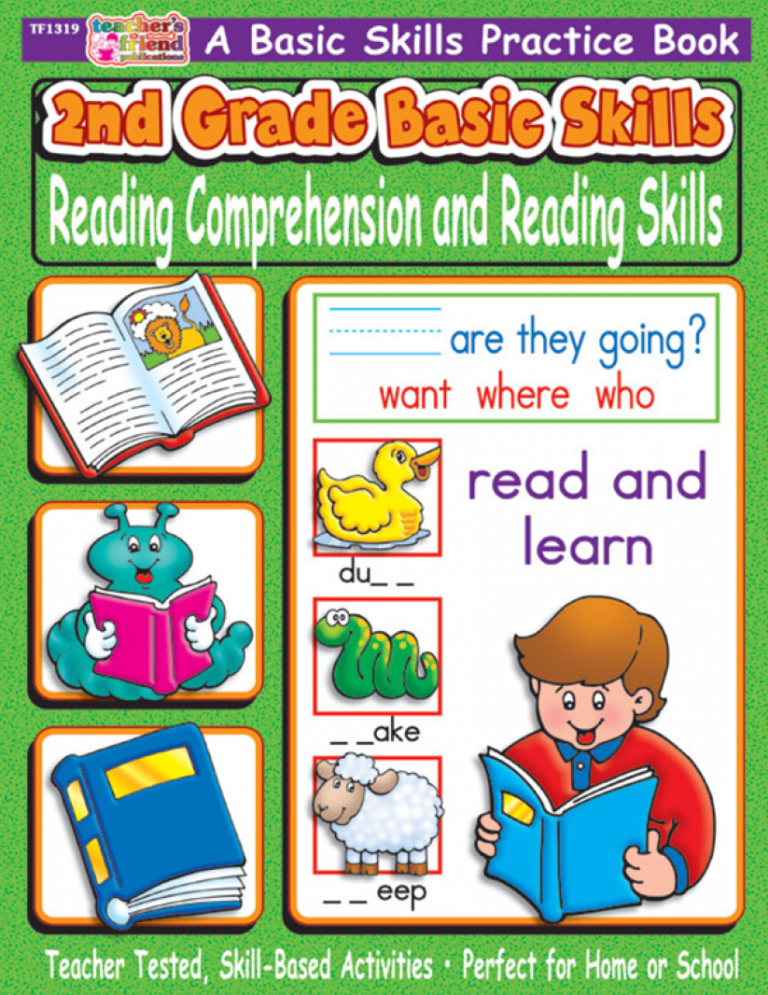 It is used in primers, constantly refined and improved. The sound method is in good agreement with the structure of the Russian language - most words are read as they are written, there are few reading rules in Russian (unlike English or French).
It is used in primers, constantly refined and improved. The sound method is in good agreement with the structure of the Russian language - most words are read as they are written, there are few reading rules in Russian (unlike English or French).
Sound method step by step:
Advantages of the method: abundance of benefits, parents do not need special training to conduct classes.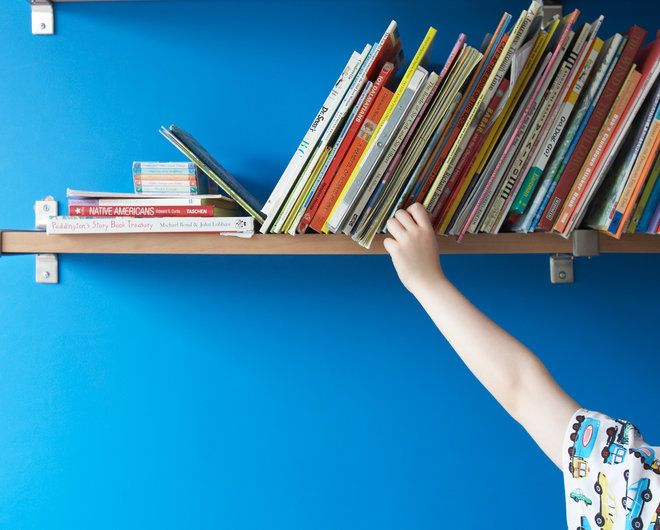 It is better to start targeted training using this method not earlier than 4-5 years old, because the child must understand the difference between deaf and voiced, soft and hard sounds, etc. Cons of the sound method: having learned to read in syllables, the child will read slowly mistakes. Perceiving the word in parts, children often do not understand the meaning of what they read (therefore, it is imperative to ask the child to say the whole word). The younger the child, the longer it will take to start reading cleanly.
It is better to start targeted training using this method not earlier than 4-5 years old, because the child must understand the difference between deaf and voiced, soft and hard sounds, etc. Cons of the sound method: having learned to read in syllables, the child will read slowly mistakes. Perceiving the word in parts, children often do not understand the meaning of what they read (therefore, it is imperative to ask the child to say the whole word). The younger the child, the longer it will take to start reading cleanly.
Tatyana Kupriyanova, a speech pathologist, comments: “For teaching children at an early age, it is better to choose a speech therapy primer (authors Zhukova, Novotortseva). In them, letters are studied in a sequence that depends on the ease of pronouncing the corresponding sounds: first, the child gets acquainted with the designation of those sounds that he can accurately pronounce (simple vowels: a, o, y, etc.), and then with more complex ones. In school primers, the order of learning letters depends on the frequency of their use in Russian, and for a preschooler it can be difficult.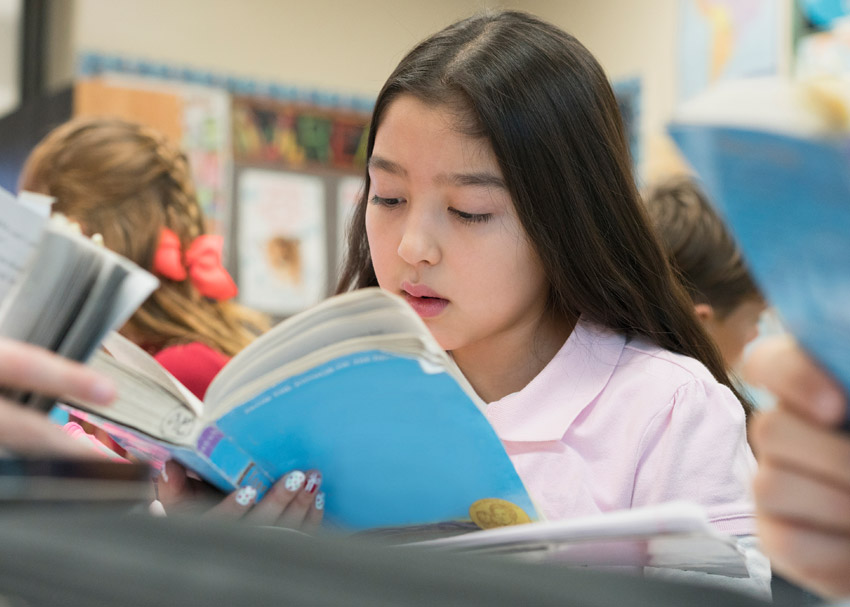
The method of whole words
The method, fundamentally opposite to the sound method, is known in Russia as the Glenn Doman method. Doman created a system of physical rehabilitation, as well as the general development of intelligence, learning to count and read for children with disabilities, which later began to be applied to ordinary children.
The kid is asked to memorize whole words at once, which are written on a separate card in large red letters. According to Doman, having seen the word several times and hearing how it is pronounced, the child remembers it, and having learned a sufficient number of new words, he begins to read. Parents make cards and show them to the child several times a day, and you can start such classes from the first year of life. But kids are little interested in monotonous cards, and parents get tired of constantly making new ones. Or the child does not perceive words if they are not written on a card, but simply on a piece of paper with a pencil or printed in a book.
In addition, the technique was developed for the English language: it has complex reading rules and many short words that are easy to remember. The Russian language is arranged differently: the vast majority of words are pronounced the way they are written, and knowing the letters and sounds (or warehouses), you can read any new word without memorizing how it looks. In addition, words change in Russian, and memorizing, for example, the simple verb “is” in all its forms will be very laborious: I eat, you eat, he eats, etc. Therefore, experts recommend using such material as an addition to other classes on the development of speech and reading. Speech therapist teacher Tatyana Kupriyanova comments: “Doman's cards are effective for children with speech developmental disabilities: it is difficult for them to recognize the connection between sound and letter, and for them memorizing whole words is the key to starting reading. For ordinary children, cards can help develop visual memory, but they can’t teach them to fully read.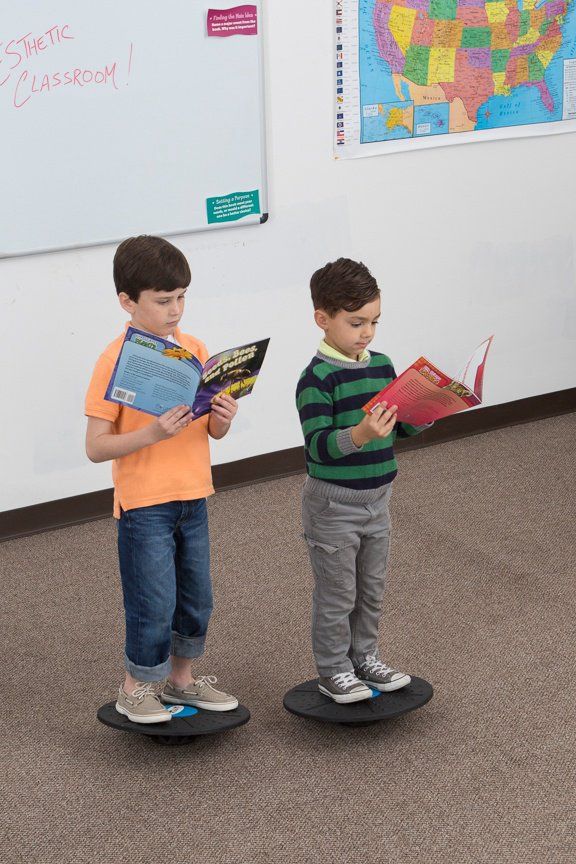 If the goal is to make the child recognize individual words, captions under pictures, the technique will work, but the child can switch to conscious reading of new words only by learning to correlate letters with the sounds of his native speech. If the child remembers a lot of words from the cards, this will help him in the future to read faster those words that he already knows, but nothing more.
If the goal is to make the child recognize individual words, captions under pictures, the technique will work, but the child can switch to conscious reading of new words only by learning to correlate letters with the sounds of his native speech. If the child remembers a lot of words from the cards, this will help him in the future to read faster those words that he already knows, but nothing more.
The Montessori Method
Montessori teacher Irina Gorbatko says: “The main differences of the Montessori method are a holistic approach to development, compliance with the natural needs of a child of each age, active use of fine motor skills and sensory perception. And unlike other methods, there is a completely different order of mastering skills: first, children learn to write letters, words, and even whole stories, and only then - to read. Learning to read according to the Montessori method is not a set of highly specialized manuals that are designed exclusively for teaching literacy, but a whole system of activities and games that gradually develop the child’s intellectual and motor abilities, preparing him for the emergence of writing and reading skills. The main idea of Montessori is that there is a time for everything: there is a natural period for the development of any skill, and if you impose something that is not interesting to him at the moment, there will be no result or the child will not use the skill. So, at about the age of 3.5-4 years, children accumulate a large vocabulary, are able to express thoughts with the help of words, achieve their goals (ask other children to do something, negotiate). Children of this age begin to be keenly interested in the symbolic designation of sounds - letters. They like to name sounds, play with letters, circle them, draw (after all, a letter is the same drawing). If this interest is maintained, at the age of 4-5 years, the child begins to spontaneously write single words and whole sentences.
Learning to read according to the Montessori method is not a set of highly specialized manuals that are designed exclusively for teaching literacy, but a whole system of activities and games that gradually develop the child’s intellectual and motor abilities, preparing him for the emergence of writing and reading skills. The main idea of Montessori is that there is a time for everything: there is a natural period for the development of any skill, and if you impose something that is not interesting to him at the moment, there will be no result or the child will not use the skill. So, at about the age of 3.5-4 years, children accumulate a large vocabulary, are able to express thoughts with the help of words, achieve their goals (ask other children to do something, negotiate). Children of this age begin to be keenly interested in the symbolic designation of sounds - letters. They like to name sounds, play with letters, circle them, draw (after all, a letter is the same drawing). If this interest is maintained, at the age of 4-5 years, the child begins to spontaneously write single words and whole sentences.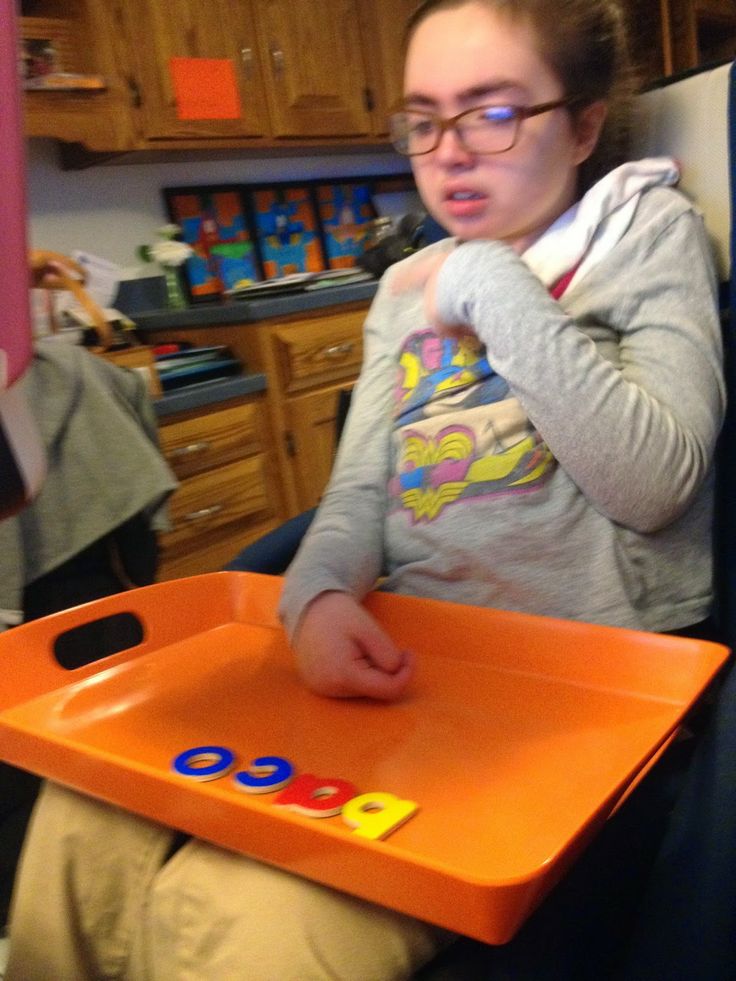 And by the age of 5, he learns to read without coercion, with interest, following the natural logic of speech development. The child writes to express his thoughts, and begins to read when he is able and willing to perceive the thoughts of another.
And by the age of 5, he learns to read without coercion, with interest, following the natural logic of speech development. The child writes to express his thoughts, and begins to read when he is able and willing to perceive the thoughts of another.
Montessori Reading:
Training is carried out in a three-stage lesson. First, a presentation: an adult lays out a tablet, calls the sound (that is, not the letter “em”, but the sound “m”) and traces the outline of the letter with his finger. Gives the tablet to the child and invites him to circle the letter, naming it again. In one lesson, three letters are shown, in the next two already familiar and one or two new ones. At the second stage, the assimilation of information takes place: the adult asks one by one to show the letters or perform simple actions with them (put one letter on the edge of the table, take the second one for yourself or give it to another, etc.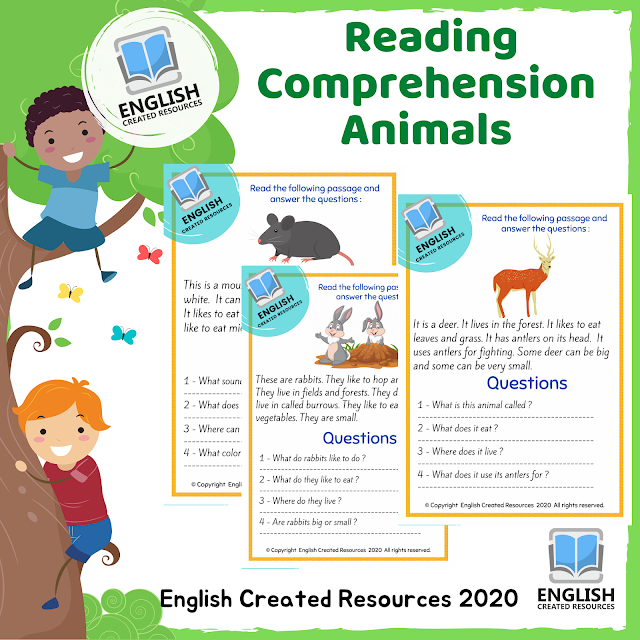 ). If the second step is passed easily, we go to the third, if the child does not remember, we return him to the first step. The third stage is the verification and automation of knowledge. "What is it?" The teacher asks to name all three letters in turn, in order and randomly. After such a mini-lesson, the child is invited to repeat familiar letters on their own or try to depict them with their fingers on a tray of semolina. Also, letters can be laid out from sticks or plasticine sausages. After some time, you can complicate the game - blindfold the child and offer to guess the letter by touch. It is even more difficult to put together a word from “rough” letters blindfolded.
). If the second step is passed easily, we go to the third, if the child does not remember, we return him to the first step. The third stage is the verification and automation of knowledge. "What is it?" The teacher asks to name all three letters in turn, in order and randomly. After such a mini-lesson, the child is invited to repeat familiar letters on their own or try to depict them with their fingers on a tray of semolina. Also, letters can be laid out from sticks or plasticine sausages. After some time, you can complicate the game - blindfold the child and offer to guess the letter by touch. It is even more difficult to put together a word from “rough” letters blindfolded.
The advantages of the Montessori method are development in several directions at once: general development of intelligence, development of speech, reading and writing skills, fine motor skills, logic. But classes according to the Montessori method require some preparation from an adult and the creation of special conditions - an equipped environment where children can fully communicate, play and learn.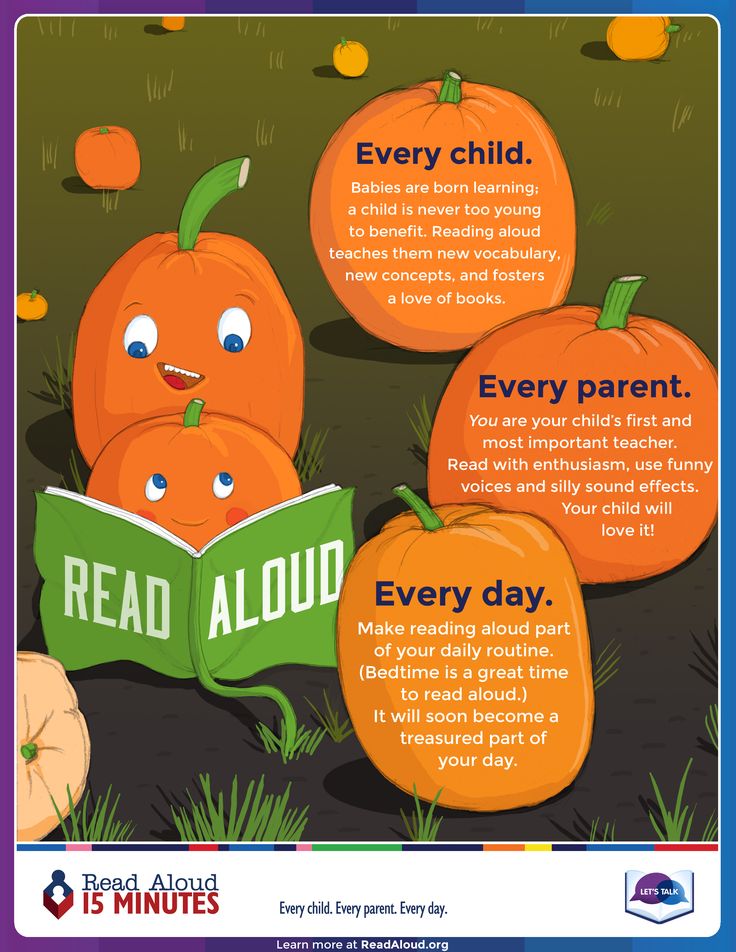
The warehouse reading method
The warehouse method in teaching reading has been known since the time of Leo Tolstoy. It is not by letters and not immediately in whole words, but by warehouses that the baby begins to say: MA-MA, BA-BA. Hence the idea arose that it was easier and more natural for a child to read in warehouses.
Teaching children using the storage method requires parents to be constantly involved in the process: you need to systematically prepare for classes with the baby, come up with a variety of games so that he does not lose interest, because the learning material is always the same.
Zaitsev's Cubes
N.A. Zaitsev, who invented his famous cubes. A warehouse is a fusion of sounds: a consonant with a vowel, a consonant with a soft or hard sign, a separate vowel or consonant.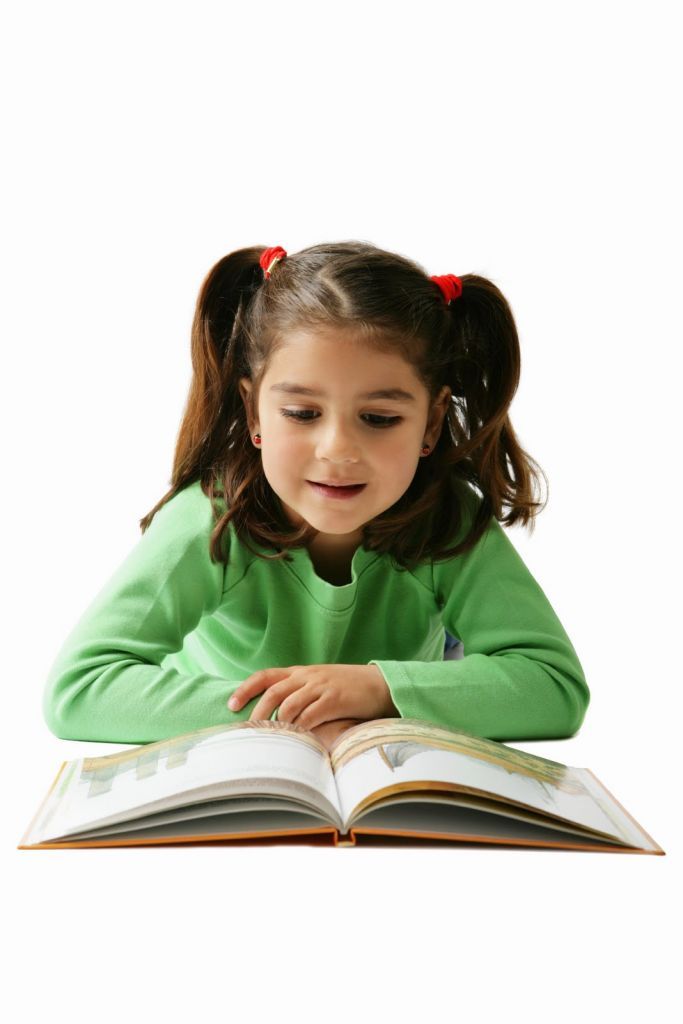 For example, KO-RO-VA, KO-SH-KA and so on. Warehouses in Zaitsev's manual are located on the edges of cardboard cubes. These cubes differ in color, size, and the sound they make (thanks to the filling made of wood or "pieces of iron"). Such a variety helps children to feel the difference between vowels and consonants, voiced and deaf, soft and hard sounds. The set of manuals also includes tables on which all the warehouses of the Russian language are located at once, a book for adults with examples of tasks and a disk with songs-chants.
For example, KO-RO-VA, KO-SH-KA and so on. Warehouses in Zaitsev's manual are located on the edges of cardboard cubes. These cubes differ in color, size, and the sound they make (thanks to the filling made of wood or "pieces of iron"). Such a variety helps children to feel the difference between vowels and consonants, voiced and deaf, soft and hard sounds. The set of manuals also includes tables on which all the warehouses of the Russian language are located at once, a book for adults with examples of tasks and a disk with songs-chants.
Methodist Oksana Oganezova comments: “You can start working with children using Zaitsev's cubes and tables from the age of one. First, children play with cubes: they build houses, roads, towers, trains out of them, listen to how they sound, pay attention to their color. Later, the guys begin to perform more complex tasks: for example, they line up all the cubes where there is a warehouse with the letter “o”, repeat the warehouses after the adult.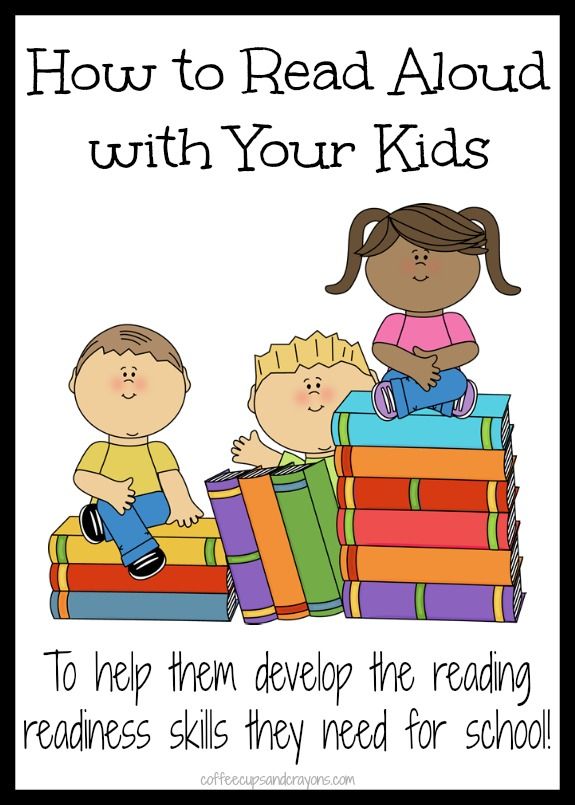 All this helps the child to catch the patterns of reading. After some time, he begins to read the warehouses on his own, and then quietly moves on to reading whole words.
All this helps the child to catch the patterns of reading. After some time, he begins to read the warehouses on his own, and then quietly moves on to reading whole words.
This technique requires adults to have a certain preparation and constant involvement: you need to systematically prepare for classes with the baby, constantly invent more and more new games to keep the child's interest (since the material is always the same). Zaitsev's manuals are more suitable for group activities in a development center or kindergarten, since many games have a competitive element. In addition, teachers, as a rule, combine work on blocks with other tasks - they introduce children to individual sounds and letters. If you manage to organize everything correctly, the child studies with pleasure, perceives learning as a game, and by the age of 3-4 masters reading.
Skladushki by Voskobovich
Skladushki is a game for learning to read, created by Vyacheslav Voskobovich, the author of about 40 educational aids for children.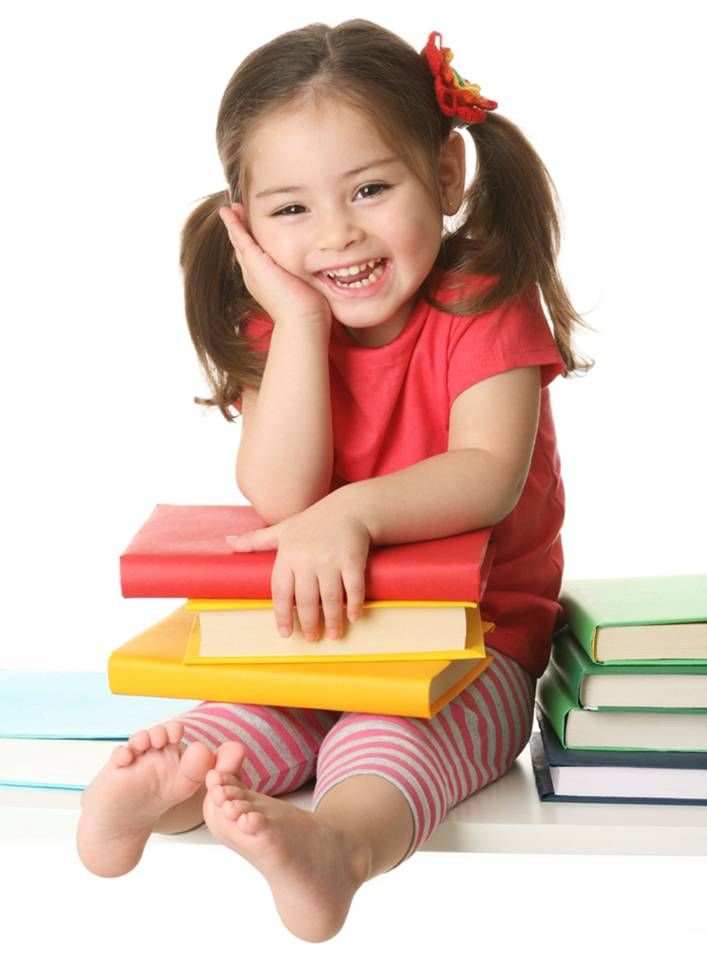 Children 3-5 years old are introduced to reading in a warehouse system. Warehouses are located on 21 cards in two columns, from which you can build houses for the inhabitants of the city of Skladinsk, about which educational tales and songs are composed. The game comes with a book and a CD.
Children 3-5 years old are introduced to reading in a warehouse system. Warehouses are located on 21 cards in two columns, from which you can build houses for the inhabitants of the city of Skladinsk, about which educational tales and songs are composed. The game comes with a book and a CD.
The child, together with an adult, examines the drawings on the cards, reads poetry, tells fairy tales and sings. He gradually memorizes warehouse songs, sings them, shows the corresponding warehouses with his finger on the cards. Then, having memorized warehouses, he learns to make words out of them, to read individual words, and then short sentences. The manual can be used in games of varying degrees of difficulty, so it is suitable for both three-year-olds and older preschoolers.
In addition to "Skladushki" there are other games by Voskobovich: for example, a constructor, from the parts of which you can assemble letters in order to better remember how they look. Or the Chamomile lacing game, where the child needs to thread the string through the holes with letters in the sequence that corresponds to the spelling of a word.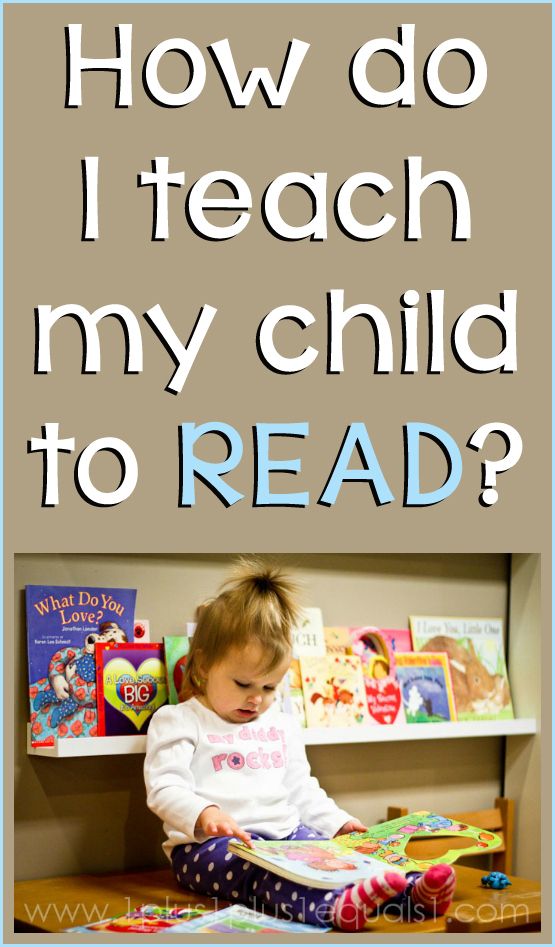
The technique works most effectively if children study in a small group (4-7 people). The developers claim that by playing for half an hour twice a week, a three-year-old child can learn to read in six months, and six-year-olds in just a month.
Blocks “I read easily”
Another modern textbook for warehouse reading is blocks developed by teacher Evgeny Chaplygin. They are intended for children from three years of age. The “I read easily” technique is based on a gradual, very smooth, development of reading; there are more games than in Zaitsev's program. The set of benefits compared to many other methods is modest: 10 simple wooden cubes, 10 double movable cubes and a “cheat book” for parents, which gives recommendations for conducting classes. Movable cubes connected by platforms can be scrolled to get new warehouses and new words. Children turn them with pleasure, turning the word MAMA into the word MASHA with one turn. The combinations of letters on the cubes are chosen in such a way that 20 words can be made from two dynamic cubes, and as many as 500 words from three.




